Timeless Elegance: Window Upgrades for Historic Homes
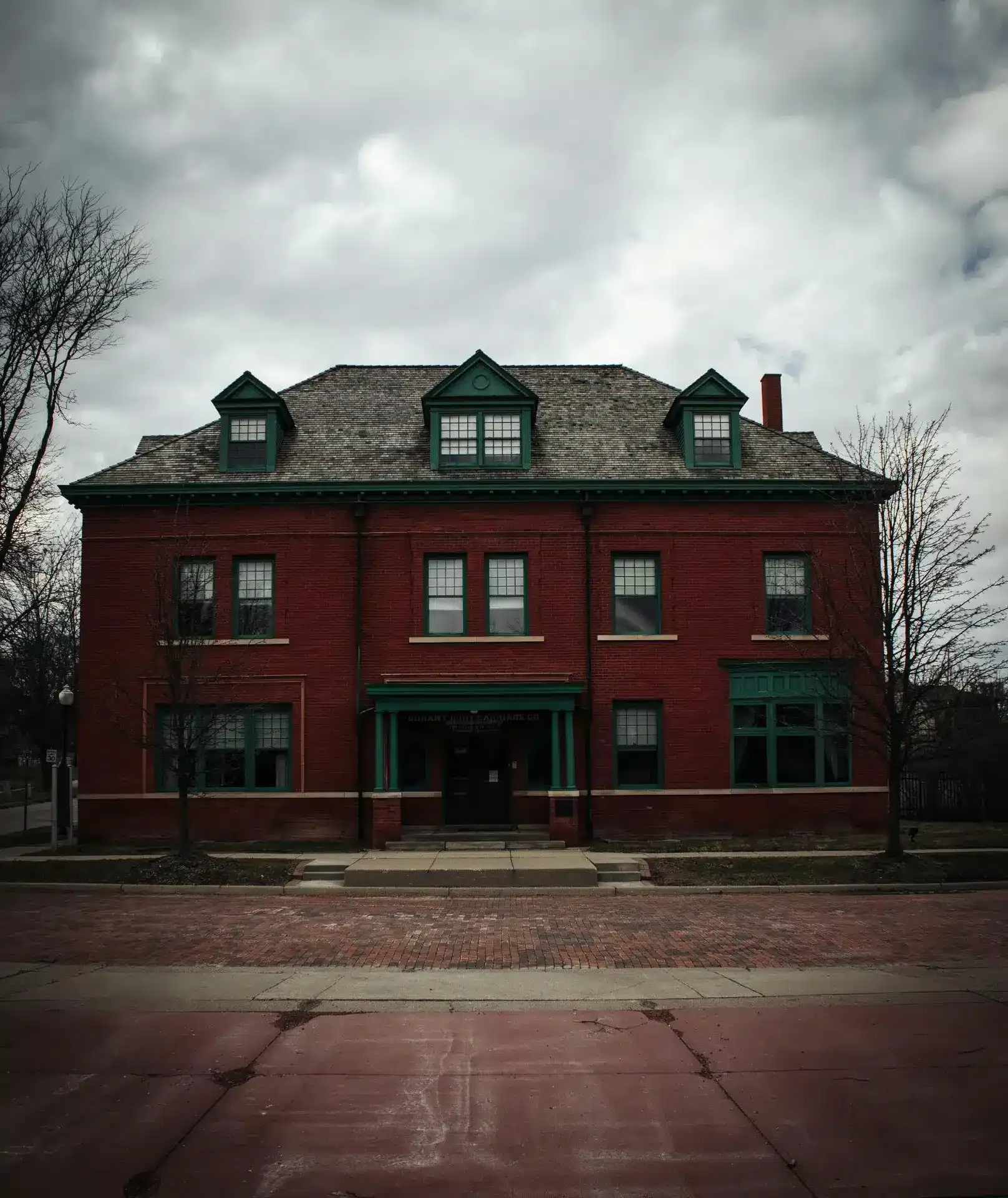
Window replacement in historic homes presents unique challenges, requiring a delicate balance between preserving architectural character and improving functionality. Homeowners must consider factors such as wood frame authenticity, maintaining original window shapes, and choosing appropriate materials like casement windows that complement the building ‘s historic aesthetics . Proper restoration techniques and adherence to local preservation guidelines ensure that window replacements enhance rather than detract from a historic home’s charm.
Keep reading to discover expert tips for selecting and installing historically accurate windows that blend seamlessly with your cherished property .
Key Takeaways
- Window replacement in historic homes requires balancing authenticity with modern energy efficiency needs
- Local and federal preservation guidelines significantly influence window replacement decisions in historic properties
- Custom millwork and specialized techniques help maintain historical accuracy during window replacements
- Collaboration with preservation experts is crucial for successful historic window replacement projects
- Careful material selection is essential to preserve a home’s character while improving performance
Understanding the Importance of Historical Authenticity in Window Replacement
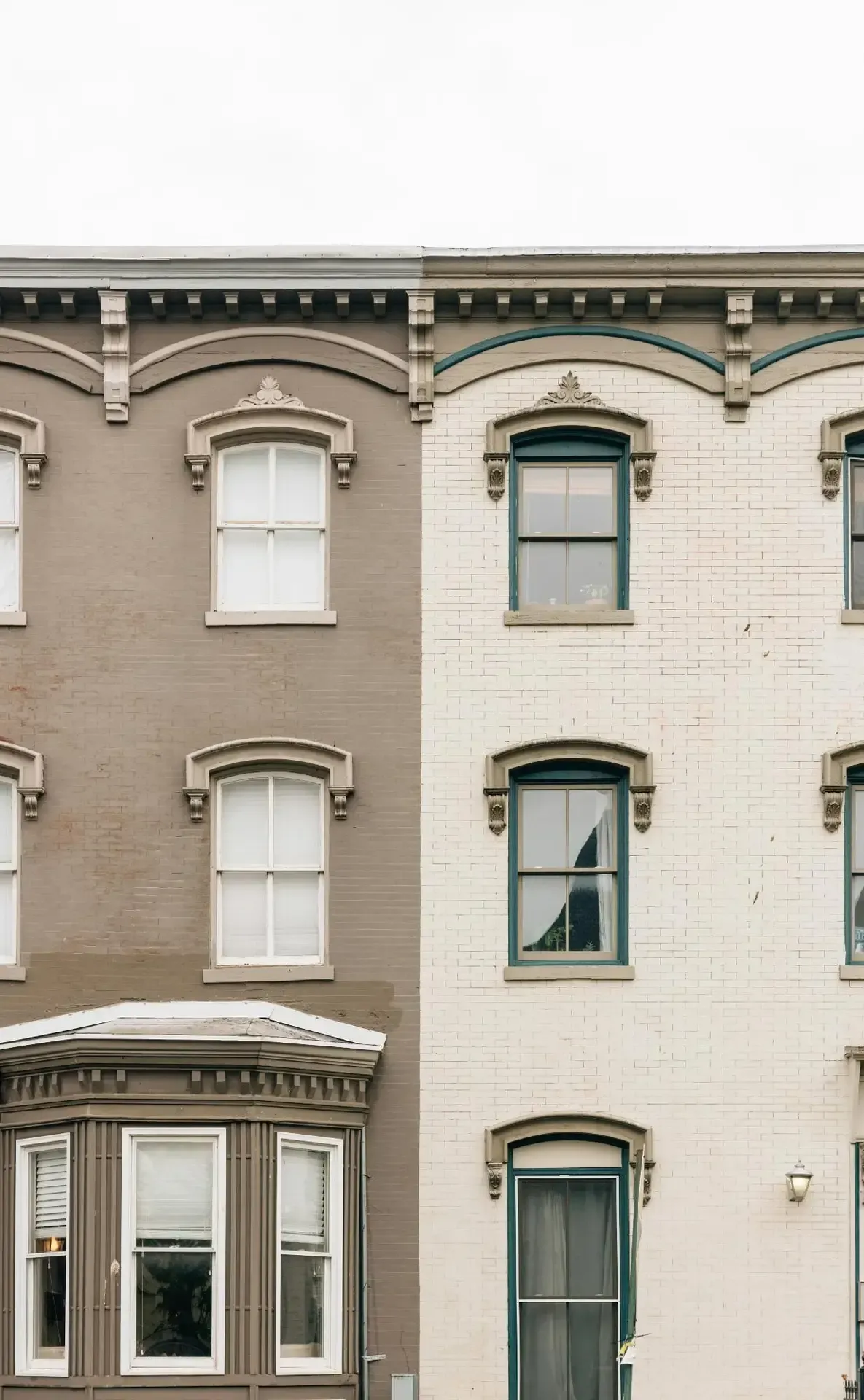
Replacing windows in historic homes requires a delicate balance between preserving architectural integrity and improving energy efficiency . Homeowners must consider the impact of replacement windows on the property ‘s historical authenticity, especially for buildings listed on the National Register of Historic Places . The National Park Service provides guidelines for maintaining historical accuracy while addressing modern concerns such as heat transfer and material choices, including metal options. Understanding these factors is crucial for making informed decisions that respect both the home’s character and legal requirements associated with historic preservation .
Defining Historical Authenticity for Window Design
Historical authenticity in window design encompasses the preservation of original architectural elements while addressing modern energy needs. The National Trust for Historic Preservation emphasizes the importance of maintaining a house ‘s character-defining features, such as window muntins, which contribute to the overall aesthetic and historical value. Homeowners should consider tax incentives available for preservation efforts when selecting replacement windows that balance authenticity with improved energy performance.
The Impact of Window Replacement on Historical Integrity
Window replacement in historic homes can significantly impact their historical integrity, requiring careful consideration of materials and design. An architect specializing in preservation can guide homeowners in selecting replacement windows that maintain the building ‘s character while improving energy efficiency . Conducting an energy audit before installation helps identify areas where new windows can enhance the home’s overall performance without compromising its historical value. Steel frames, for example, can offer a balance between authenticity and efficiency in certain architectural styles.
Legal and Cultural Considerations for Historic Homes
Historic homes face legal and cultural considerations when replacing windows. Local preservation committees often regulate changes to maintain architectural integrity, requiring homeowners to obtain approval before retrofitting . Fiberglass windows may be recommended for their durability and energy efficiency , while preserving the look of traditional materials. Proper window replacement can address issues like mold growth, peeling paint , and insufficient daylight , enhancing both the home’s aesthetics and functionality. The following table illustrates key considerations for window replacement in historic homes:
| Aspect | Consideration |
|---|---|
| Historical Accuracy | Match original design and materials |
| Energy Efficiency | Improve insulation without altering appearance |
| Legal Requirements | Obtain necessary permits and approvals |
| Maintenance | Choose durable materials to reduce upkeep |
Should You Repair or Replace Windows in Your Historic Home?
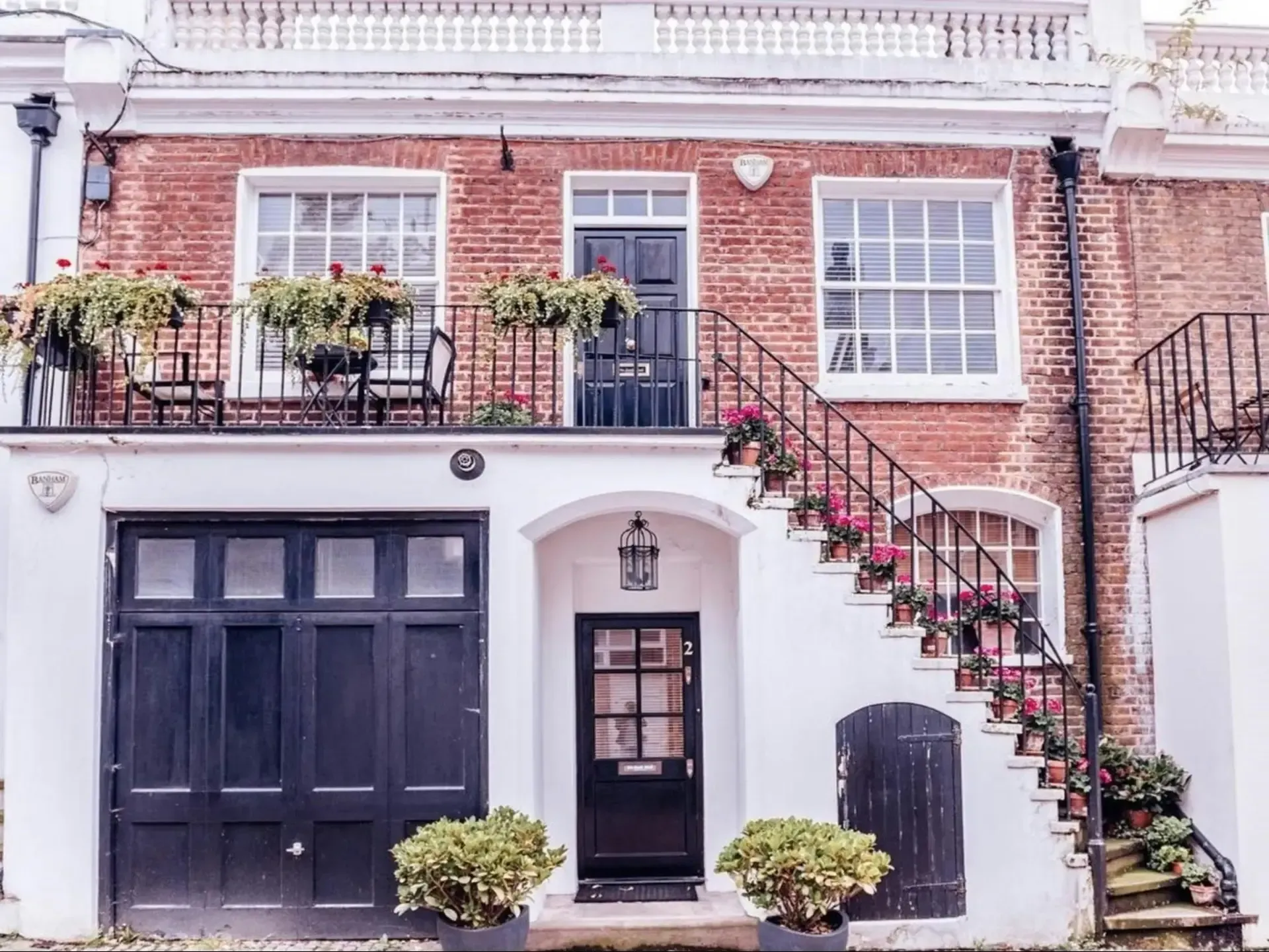
Deciding whether to repair or replace windows in a historic home requires careful consideration of both aesthetics and functionality. Original windows contribute significantly to a property ‘s character, but may suffer from deterioration over time. Homeowners must assess the condition of existing windows, weighing the benefits of restoration techniques like weatherstripping and glazing against the potential advantages of replacement. Factors such as energy efficiency , historical accuracy, and long-term maintenance play crucial roles in determining the most appropriate course of action. By understanding the criteria for choosing between repair and replacement, homeowners can make informed decisions that preserve their home’s historic charm while addressing modern performance needs.
Assessing the Condition of Original Windows
Assessing the condition of original windows in historic homes requires a careful examination of their structural integrity, functionality, and aesthetic appeal. Homeowners should inspect the wood frames for signs of rot or decay, check the operability of sashes for smooth movement, and evaluate the condition of the glass panes for cracks or gaps. The assessment should also consider the windows’ ability to provide adequate ventilation and regulate heat transfer , as these factors contribute to both the comfort and energy efficiency of the property . Preserving the beauty of original windows often involves weighing their historical value against the potential benefits of modern replacements.
When Repair Is Possible: Pros and Cons
Repairing original windows in historic homes offers several advantages, including preserving the building ‘s authentic character and maintaining its historic preservation status. The decision to repair often depends on factors such as the climate , the window ‘s dimensions, and the overall condition of the existing frames. While repairs can be cost-effective and environmentally friendly, they may not always provide the same level of energy efficiency as modern replacements. Homeowners must weigh the benefits of retaining original features against the potential drawbacks, such as ongoing maintenance and the challenge of finding skilled craftsmen for specialized repairs. The following list outlines key considerations when deciding between repair and replacement:
- Extent of damage to existing windows
- Availability of matching materials for repairs
- Energy efficiency goals and requirements
- Budget constraints and long-term cost projections
- Local historic district regulations and guidelines
Criteria for Deciding on Replacement Over Repair
Deciding to replace historic windows involves careful consideration of several factors. Homeowners must evaluate the extent of deterioration, potential energy savings, and the long-term investment value of new windows. Replacing historic windows becomes necessary when repair costs exceed the value of preservation, or when the existing windows severely compromise the home’s energy efficiency and comfort. The decision should balance historical authenticity with practical improvements, ensuring that any replacements maintain the architectural integrity of the property while addressing modern performance standards.
Navigating Regulations and Requirements for Historic Homes

Replacing windows in historic homes involves navigating a complex web of regulations and requirements designed to preserve architectural heritage. Homeowners must familiarize themselves with local historic district guidelines, which often dictate acceptable materials and designs for window replacements. Federal standards for historic preservation set forth by the Secretary of the Interior provide overarching principles that guide restoration efforts nationwide. Successful window replacement projects in historic homes often hinge on effective collaboration with preservation authorities, who can offer valuable insights and ensure compliance with relevant regulations. Understanding these regulatory frameworks and working closely with preservation experts helps homeowners strike a balance between maintaining historical authenticity and incorporating modern energy -efficient solutions.
Understanding Local Historic District Guidelines
Local historic district guidelines play a crucial role in preserving the architectural character of historic homes during window replacement projects. These guidelines typically outline specific requirements for materials, styles, and installation methods that align with the district’s preservation goals. Homeowners must consult these regulations before undertaking any window replacement work to ensure compliance and avoid potential fines or costly corrections.
Federal Standards for Historic Preservation
Federal standards for historic preservation guide window replacement projects in historic homes nationwide. The Secretary of the Interior’s Standards for Rehabilitation provides a framework for maintaining the character-defining features of historic buildings while allowing for necessary updates. These guidelines emphasize the importance of preserving original materials whenever possible and ensuring that any replacements are compatible with the building ‘s historic character.
- Preserve original window materials and features
- Repair rather than replace when feasible
- Use compatible materials for necessary replacements
- Maintain the historic character of the building
- Document changes for future reference
How to Collaborate With Preservation Authorities
Collaborating with preservation authorities is essential for successful window replacement projects in historic homes. Homeowners should initiate early communication with local preservation boards or committees to understand specific requirements and obtain necessary approvals. Preparing detailed documentation, including photographs and proposed replacement designs, can facilitate smoother discussions and faster approval processes. Preservation authorities often appreciate homeowners who demonstrate a commitment to maintaining historical integrity while addressing modern needs:
- Schedule consultations with preservation experts
- Present well-researched replacement options
- Be open to compromise and alternative solutions
- Follow up on recommendations and feedback
- Document all interactions and approvals for future reference
Choosing Materials for Historically Accurate Window Replacements
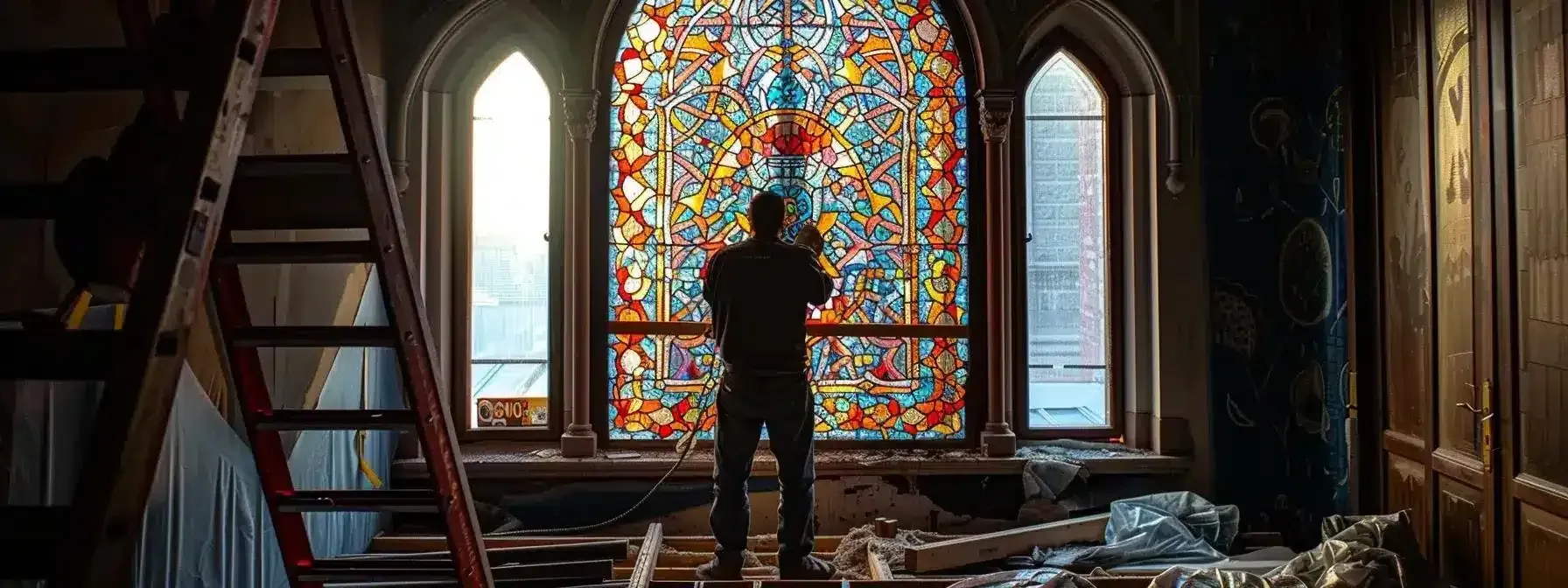
Selecting appropriate materials for window replacements in historic homes is crucial for maintaining architectural authenticity while addressing modern performance needs. Homeowners must carefully weigh the benefits of traditional wood windows against newer materials that offer improved durability and energy efficiency . Recent advancements in glass technology provide options that balance historical accuracy with enhanced insulation properties. Additionally, the use of historic replication windows presents both advantages and challenges for those seeking to preserve their home’s original character. By understanding the nuances of each material choice, homeowners can make informed decisions that honor their property ‘s heritage while meeting contemporary standards.
Wood vs. Modern Materials: Maintaining Aesthetic Integrity
Wood remains the traditional choice for historic window replacements, offering unparalleled authenticity and aesthetic appeal. Modern materials like fiberglass , aluminum, and vinyl can mimic the appearance of wood while providing improved energy efficiency and reduced maintenance. Homeowners must carefully consider the visual impact of these alternative materials, ensuring they maintain the historic character of the property while benefiting from technological advancements in window manufacturing.
Advances in Glass Technology for Energy Efficiency and Authenticity
Modern glass technology offers innovative solutions for historic window replacements, combining energy efficiency with period-appropriate aesthetics . Low-emissivity coatings and gas-filled double-pane units significantly improve insulation without altering the appearance of traditional windows. These advancements allow homeowners to enhance their property ‘s thermal performance while preserving its historical integrity:
| Glass Technology | Benefits | Historical Compatibility |
|---|---|---|
| Low-E Coatings | Improved insulation | Evans |
| Double-Pane Units | Enhanced energy efficiency | Can be fitted in traditional frames |
| Restoration Glass | Authentic appearance | Replicates imperfections of historic glass |
Pros and Cons of Using Historic Replication Windows
Historic replication windows offer a balance between preserving architectural authenticity and improving energy efficiency in historic homes. These windows closely mimic the appearance of original designs while incorporating modern materials and manufacturing techniques. While they provide an aesthetic solution, homeowners must weigh the higher costs and potential limitations in achieving exact historical accuracy against the benefits of improved performance and reduced maintenance:
| Pros | Cons |
|---|---|
| Authentic appearance | Higher initial cost |
| Improved energy efficiency | Potential compromise on historical details |
| Reduced maintenance | Limited customization options |
| Compliance with preservation guidelines | Longer lead times for manufacturing |
Techniques and Technologies for Authentic Historic Window Replacements
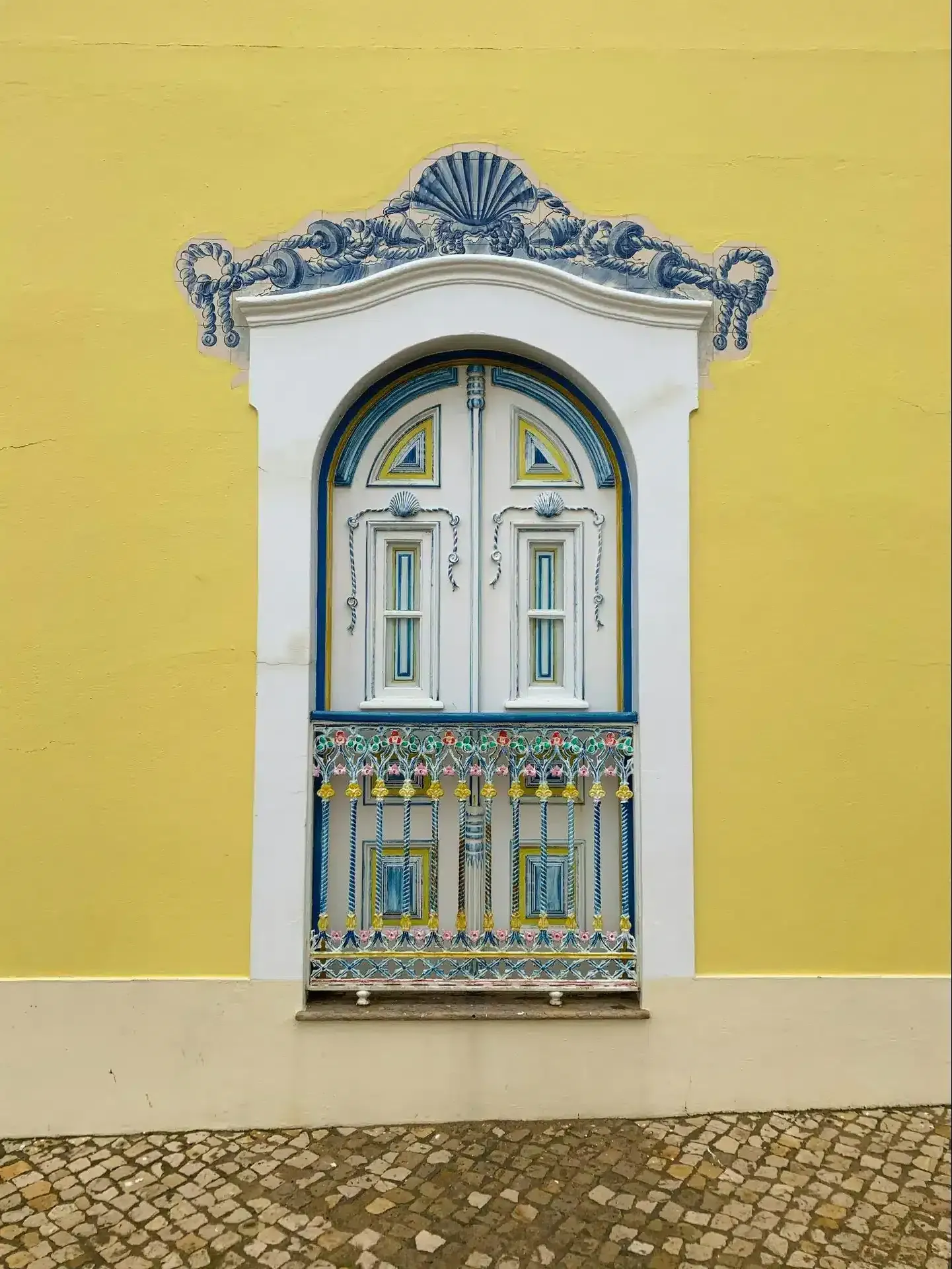
Historic window replacements require specialized techniques and technologies to maintain authenticity while improving performance. Custom millwork allows for the recreation of intricate historic window profiles, preserving the original aesthetic. Innovative solutions, such as weatherstripping and storm windows, enhance energy efficiency without compromising the home’s character. Sash replacement and restoration offer alternatives to full window replacement , allowing homeowners to retain original elements while addressing functionality issues. These approaches combine traditional craftsmanship with modern advancements, ensuring that historic homes retain their charm while meeting contemporary standards for comfort and efficiency .
Custom Millwork for Historic Window Profiles
Custom millwork plays a crucial role in preserving the character of historic homes during window replacements. Skilled craftsmen use traditional techniques and modern tools to recreate intricate window profiles, ensuring new elements match the original design. This attention to detail allows homeowners to maintain historical accuracy while incorporating energy -efficient materials and construction methods:
- Precise replication of original window profiles
- Use of high-quality, historically appropriate materials
- Integration of modern weatherproofing techniques
- Customization to accommodate unique architectural features
- Preservation of original window dimensions and proportions
Innovative Solutions for Enhancing Window Performance
Innovative solutions for enhancing window performance in historic homes combine modern technology with traditional aesthetics . Weatherstripping techniques and the installation of storm windows significantly improve energy efficiency without altering the appearance of original windows. Specialized films and coatings applied to existing glass can reduce heat transfer and UV damage, preserving both the home’s interior and its historical integrity.
The Role of Sash Replacement and Restoration
Sash replacement and restoration offer homeowners effective alternatives to full window replacement in historic properties. These methods preserve original window frames while addressing issues such as rotted wood , broken glass , or faulty hardware. By focusing on repairing or replacing only the damaged components, sash replacement and restoration maintain the home’s historical integrity while improving functionality and energy efficiency .
Why Partnering With the Right Professionals Is Crucial

Partnering with the right professionals is essential for successful window replacement in historic homes. The complexity of preserving architectural integrity while incorporating modern improvements requires specialized knowledge and skills. Experienced contractors in historic preservation bring valuable insights into materials and techniques that honor a property ‘s heritage. Consultation with preservation architects ensures that replacement projects align with historical standards and local regulations. By leveraging expert guidance, homeowners can navigate the approval process more smoothly and achieve results that enhance their home’s character and performance. The collaboration between homeowners and skilled professionals forms the cornerstone of thoughtful, historically accurate window replacements.
Identifying Experienced Contractors in Historic Preservation
Identifying experienced contractors in historic preservation requires careful research and vetting. Homeowners should seek professionals with a proven track record of working on historic properties, evidenced by their portfolio of completed projects and references from satisfied clients. Membership in organizations dedicated to historic preservation , such as the National Trust for Historic Preservation , can indicate a contractor’s commitment to maintaining architectural heritage.
The Benefits of Consultation With a Preservation Architect
Consulting with a preservation architect offers numerous advantages for historic window replacement projects. These specialists possess in-depth knowledge of architectural styles, period-appropriate materials, and preservation techniques specific to different eras. Their expertise ensures that window replacements not only meet historical standards but also comply with local preservation guidelines and building codes. Preservation architects can provide valuable insights into balancing authenticity with modern performance requirements, helping homeowners make informed decisions that enhance their property ‘s value and historical significance:
| Benefit | Description |
|---|---|
| Historical Accuracy | Ensures replacements align with original architectural style |
| Regulatory Compliance | Navigates locval preservation guidelines and building codes |
| Design Expertise | Balances authenticity with modern performance needs |
| Project Management | Coordinates with contractors |
Leveraging Expertise for Project Approval and Completion
Leveraging professional expertise streamlines the approval and completion process for historic window replacements. Experienced contractors and preservation architects navigate complex regulations, ensuring project plans meet local and federal requirements. Their knowledge expedites the approval process, reducing delays and potential setbacks. Once approved, these professionals oversee the project’s execution, maintaining quality control and addressing unforeseen challenges efficiently. This collaboration results in timely completion of historically accurate and functionally superior window replacements:
| Phase | Expert Contribution | Benefit |
|---|---|---|
| Planning | Design expertise and regulatory knowledge | Compliant and historically accurate plans |
| Approval | Navigation of preservation guidelines | Faster approval process |
| Execution | Skilled craftsmanship and project management | High-quality, timely completion |
Conclusion
Window replacement in historic homes requires a delicate balance between preserving architectural integrity and improving energy efficiency . Homeowners must navigate complex regulations, choose appropriate materials, and employ specialized techniques to maintain historical authenticity while addressing modern performance needs. Partnering with experienced professionals, such as preservation architects and skilled contractors, ensures that window replacement projects comply with local and federal guidelines while enhancing the property ‘s character and functionality. By carefully considering factors such as historical accuracy, energy efficiency , and visual harmony, homeowners can successfully update their historic homes’ windows, preserving their charm for future generations while enjoying improved comfort and efficiency .


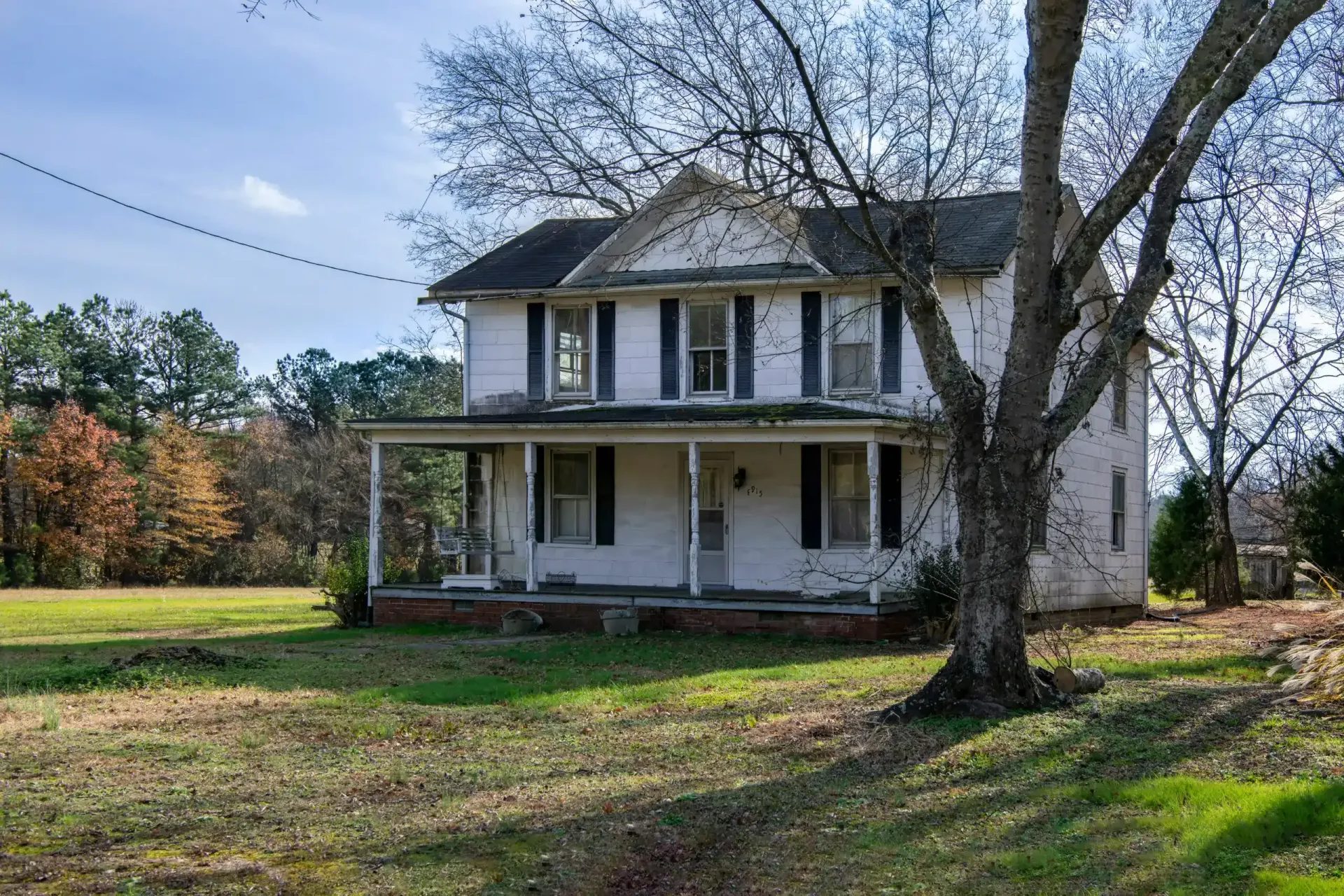
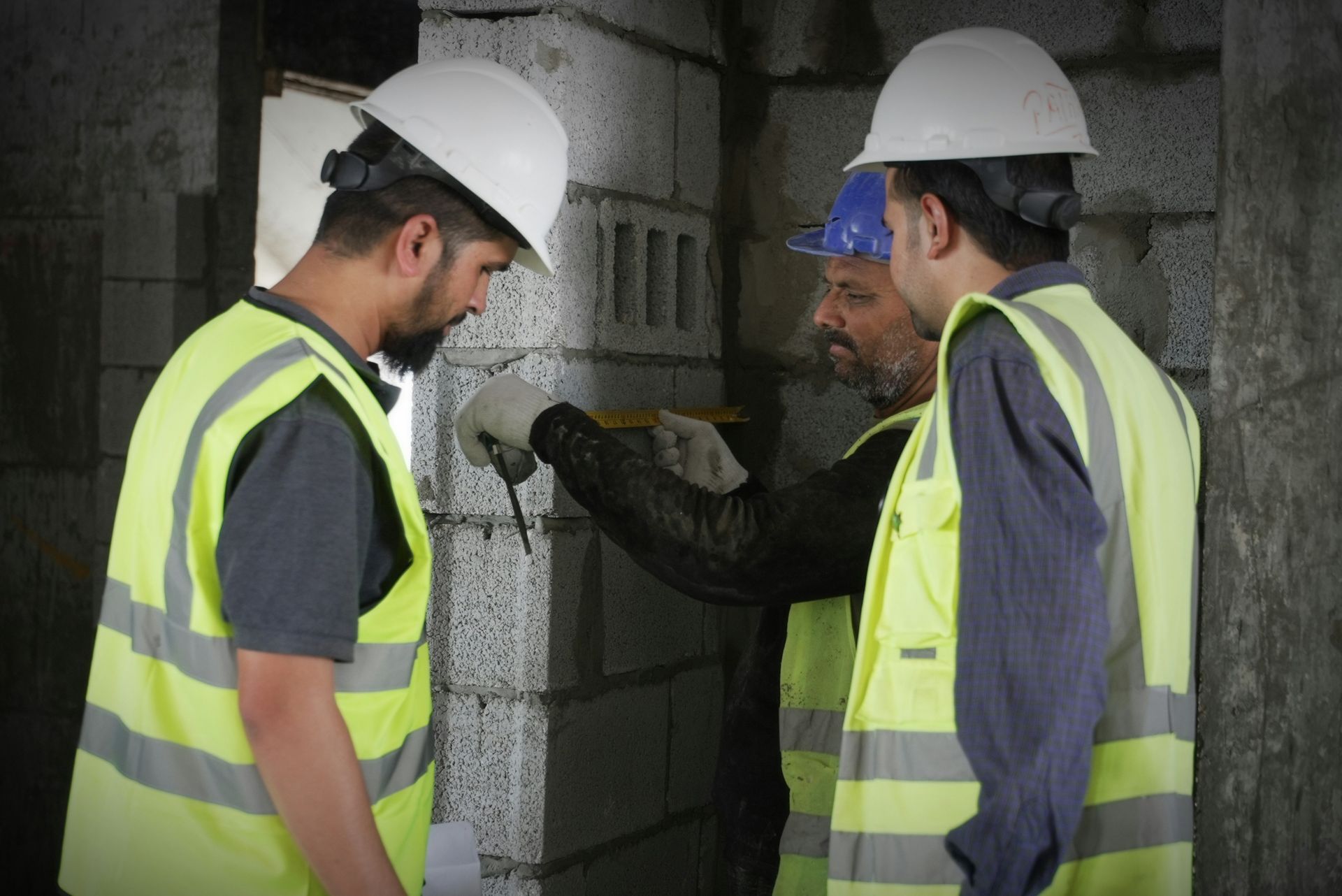
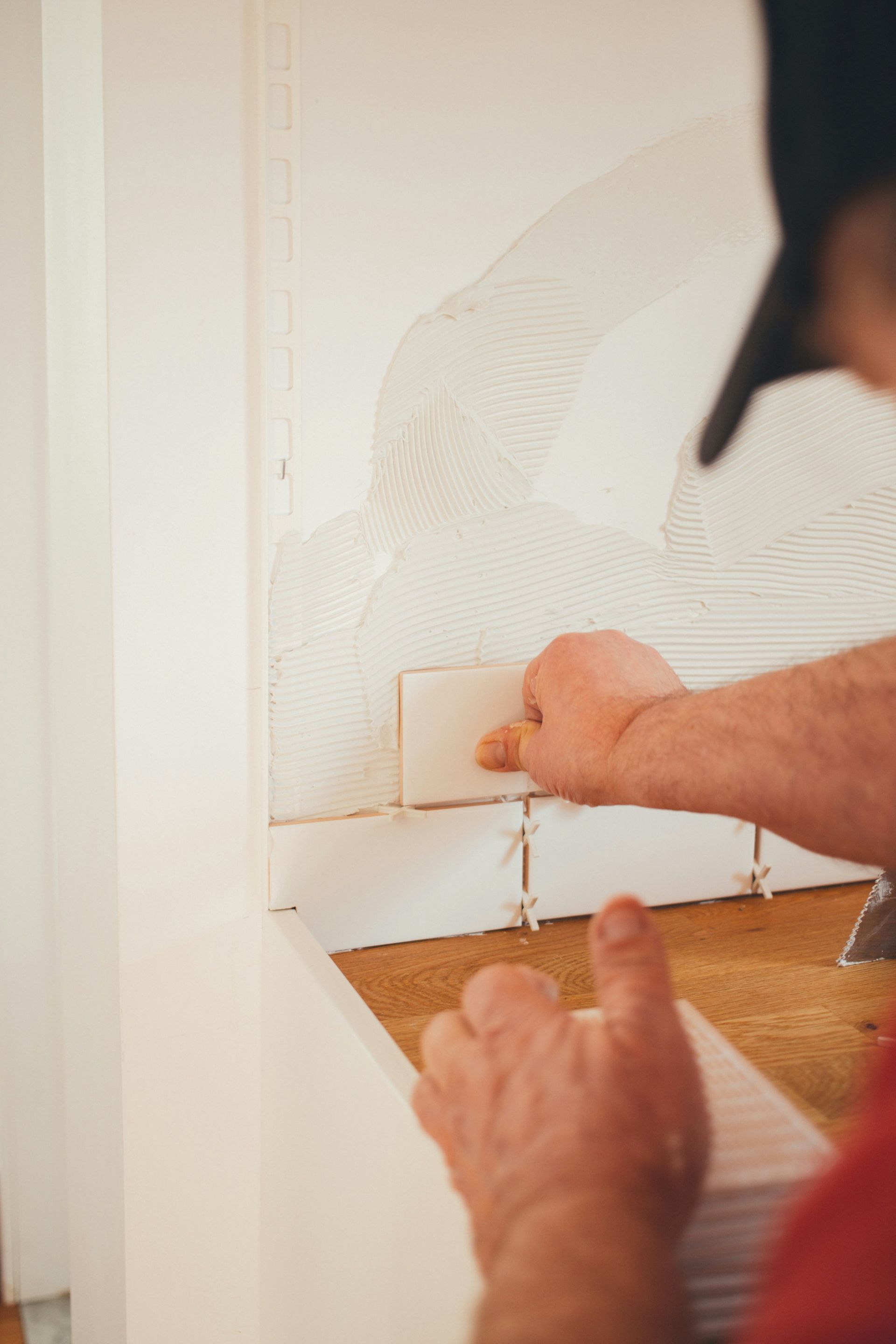

Share On: